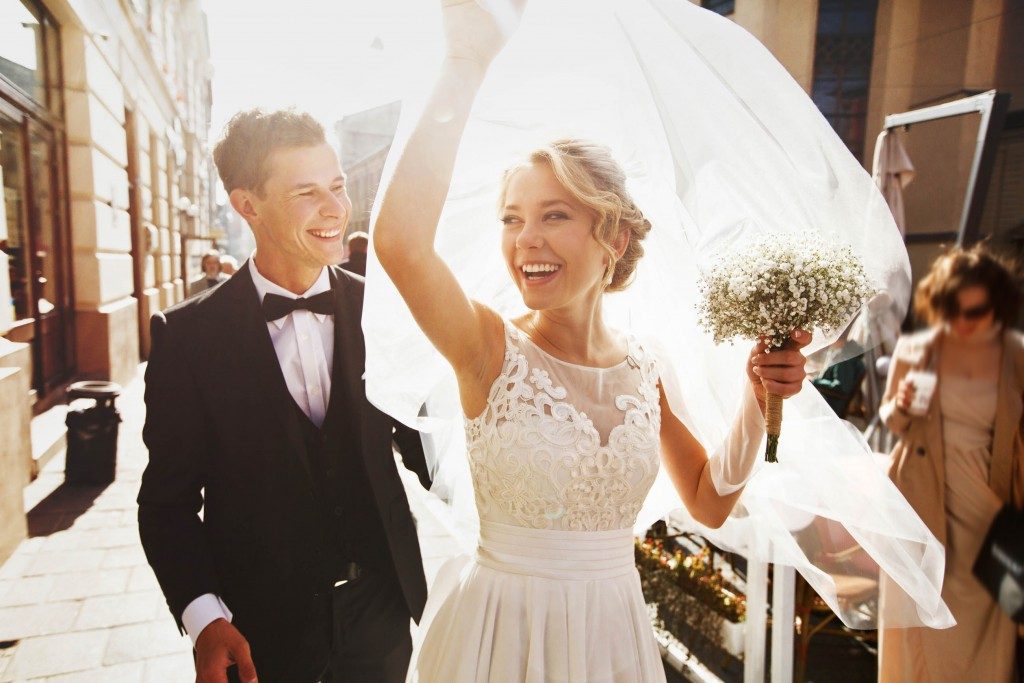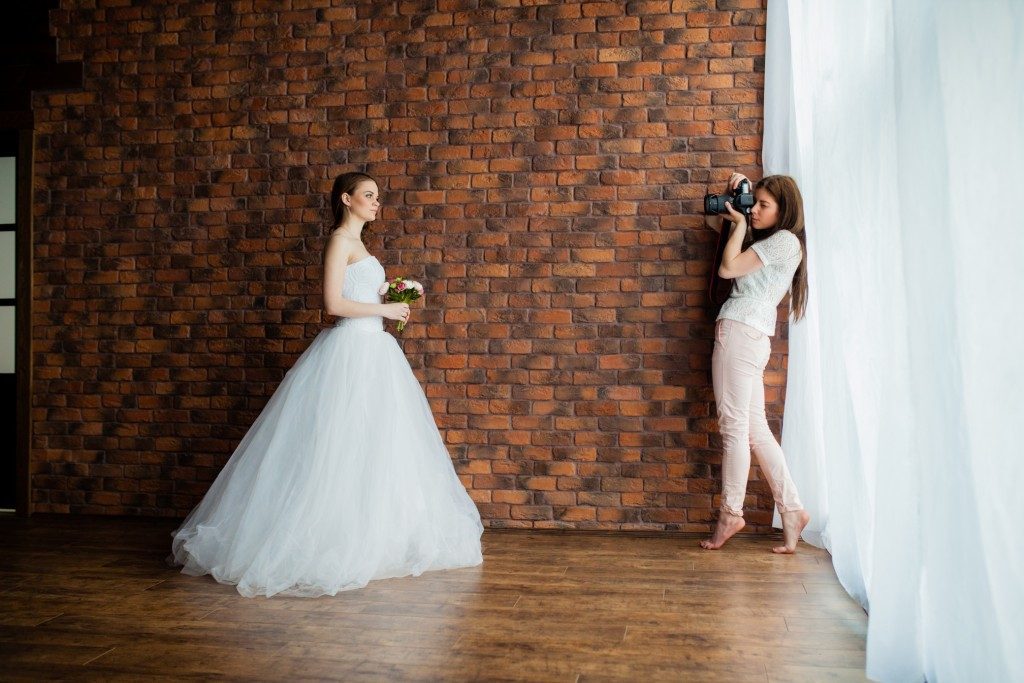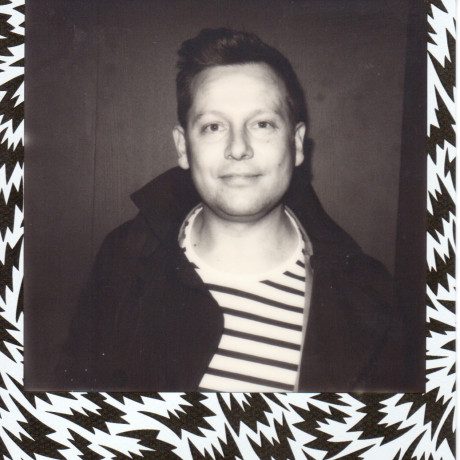My Images are My Own: Fighting Online Photo Theft
Chasing copyright thieves is not a simple task. Add the internet to the mix, and you could compare the situation to being as lawless as the wild west. PhotoBite has compiled a list of points to consider, which could help you to avoid theft of your images, and arm you to fight for royalties if they are used without permission
The trials and tribulations of tackling copyright theft are constant for all kinds of image makers, so we want to give you some insight into what you can do to prevent theft of your images and to fight for justice in the digital era.

Stating your claim
When it comes to fighting improper users [of your images], you’ll need to consider approaching them, either directly or via a third party specialist. It’s a simple fact, though, that many claims will be rejected at the first hurdle, leaving some people complexed as to why and what, indeed, is going on. Find to follow, some tips for you to work through and that we hope will both eliminate the issue for you, or at the least, will help you to claim royalties for your work.
Missing contact information
This is the big mama of hurdles for any legal pro. You might be surprised at just how many sites are set up with fake addresses, protected by privacy walls, or simply have no contact information provided whatsoever.
If the website [in question] leaves no trace of how to get in contact with them, what more can you do? For post-licencing processes, legal teams really only need an email address, but for infringement processes, which is when they will start to wave their legal fingers, they will need a solid postal address.
This could mean digging into servers and service suppliers. Nominet would serve as the first go-to people to ask for owner information for any given website. They are ‘the official registry for .UK domain names’. Via Nominet, you can find information on .uk, .co.uk & .org.uk domains and their ‘WHOIS’ lookup tool is built to help in exposing operations and owners of websites big and small.
This does raise questions about website creators being allowed to operate completely anonymously online. Shouldn’t they have to state their name, contact information, and be responsible for what they publish?
In the end, you have to ask yourself – are you looking to charge the website host/owner for the use of your image, or are you simply going to ask them to remove the image from their website; or both?
Non-commercial/ Private individuals
It’s worth making the point right here about chasing different kinds of copyright thieves. Most legal teams will only chase commercial usages [for obvious reasons]. This simply means that the image was used by someone who makes money from the site where the image was found. It could be something quite obvious, such as an online shop, but it can be tricky.
It could be a blog, but one that has a good number of adverts spread across the pages. This would be considered commercial usage. However, there are exceptions. If it is a private person/individual who has created a website [containing your image/s] to promote their freelance work, then this is also considered commercial usage. But if the website is just a portfolio, an online space to host their work, then this is considered non-commercial. In the end, you have to ask yourself – are you looking to charge the website host/owner for the use of your image, or are you simply going to ask them to remove the image from their website; or both? You’ll need to consider the points above as to the likely outcome if seeking a royalty.

Creative Commons [CC] licences
#CC licences are pretty amazing but should be used with caution. Once you have put your images under a CC licence it can never be removed. It is irreversible. If you’ve stated ‘non-commercial usage’ then a legal team can fight for your rights, however, if you have allowed your images to be used commercially, then the image user has 100% right to use your image. Be sure to pay attention and consider the longer term when giving your images a CC licence.
Images don’t match
Sometimes images can look super, SUPER, similar but are actually different. It still may be your image, but it could be another image from your collection that’s being used. Perhaps it’s the shot that was taken directly afterwards? Luckily, there are tools out there, adopted and/or developed by specialist legal teams, such as overlay tools, which can easily spot these often tiny differences.
User-generated content
So you’ve found your image on a site and the website is commercial, but who was responsible for the image? On many websites, users can create accounts, log in, give themselves any username they like, and then go on to upload images that abuse copyright. So, that makes it tough to create a legal claim against the website, unless they state they are responsible for the content published, which, in all honesty, is a rarity at best. You could then ask them, [or ask your chosen legal representative] to try and find the details of the individual user. The trouble there, is the common anonymity that site users are offered by the websites they sign up to. How many times have you created an account online and added your door number?

Framing
OK, this a big one. Let’s say that the images found are linked to the offending website by a link [only]. This does not constitute an infringement of copyright. Therefore, it would be really tough for anyone; individual or professional, to make a claim. Framing/embedding of images is, by law, legal. This basically means that anyone can embed your images without violating your copyright. Sounds crazy, right? It’s a loophole, for sure, but so long as the user has included links to your site/shop, you can at least hope for some additional traffic coming from the offending website.
Not the original Image
It’s not unheard of, for the image user to present a more original version of the offending image [than the one you submit for your claim]. For example, their image might be cropped less than yours. With this being the case, it would be very hard to make a case and many legal teams would dismiss your chances of a positive outcome, out of hand. After all, how could they use this as valid evidence in court? For this reason, it’s hugely important to only upload original versions of your work. Have a keen eye, and use the overlay tools we suggested earlier, to make sure your images really match.
A little too risky
Law is never easy. And taking legal action is no easier. Many legal specialists will reject claims simply because the chances of success are minimal. That said, many will take on both the legal and financial risk for their clients, which is great as it allows you to defend your rights without risk. What it also means, though, is that they will be careful about what claims they will follow up.
Slicing your images into sections makes it tricky for any would-be thief to get the whole of your image. It’s a good way to slow the thief down and, as most image robbers are after a quick fix, likey to put them off completely.

What else can I do?
OK, so it’s clear that it’s tough to protect your images from online theft, but it’s not all bad news. There are a few technical tricks that you can apply to discourage the bandits.
Use watermarks
Watermarks are those bits of text, usually a copyright logo and the owner’s name, that are overlaid on the image, indicating that it is not for use without the owner’s permission. Larger watermarks can cover more of the photo, rendering it unusable to a would-be thief. However, using watermarks can be a double-edged sword, since any foreign text on top of a photo will detract from it and can prove to be a distraction from the essence of the image itself; even at a small scale. Although a watermark can remind a viewer that the photo is not free for the taking, it is not required for the photo to be protected by a copyright. So if you do decide to use watermarks, make sure it’s small and does not distract the viewer from the photo.
Disable right-clicking on your images
The most common method of robbing images online is saving them directly to the perpetrators hard drive. This is performed by right-clicking an image, bringing up a context menu, giving the user the option to save. If you have access to the HTML files that your photos are displayed with, a small bit of javascript code can prevent right-clicking altogether.
Layer another image on top of the real photo using Cascading Style Sheets [CSS]
CSS allows you to control layering of content on a page so that a transparent image can be placed directly over the actual photo. When a user attempts to right-click and save the photo, they will only save the transparent image. Again, this is simply a deterrent and not an ultimate solution.
Slice your images into sections
This makes it tricky for any would-be thief to get the whole of your image. Once more, it’s another way to slow the thief down and as most image robbers are after a quick fix, likey to put them off. Separating your images into various pieces using Photoshop [for example] and then reassembling them on your website will likely frustrate the thief when they attempt to save your image. They’ll end up with just one small piece, and will realise that they’ll need to download each piece and assemble them again in order to nab the entire image. This tactic, although a bit of a faff, can be enough to make them think twice about stealing your photo in the first place.

Don’t upload high res images
For established photographers, this is an effective way of dealing with image theft. Loading only low resolution or low-quality images dissuades thieves from stealing them. The smaller the physical size of the image, the less incentive there is for the thief to use or print it. For amateur photographers who are trying to get a leg up in their careers, however, this can cause issues, since they will want to display clean, attractive versions of their work for promo purposes.
Keep a central image repository
The easiest way to lose track of your images and their use is by casting them out over numerous websites. It is too easy to have a copy of a photo on Flickr, another copy on 500px, one for your Instagram your Tumblr, and so on. Keeping all of your images in one place and then linking to that single copy makes it easier to track the photo and where it’s being used.
Keep tabs on your photos
Check yourself on Google every now and then. Sure, it sounds slightly egotistical, but it’s hugely practical and you’ll find that Google and other search engines have a pretty accurate record of your content on the web and how it’s being used. If you followed the previous point and know the URL of your image, you can then discover if anyone is linking to that photo without your permission.
More help?
OK, so here you have some information about [some of] the barriers that make tackling image theft a challenge. There are many legal specialists working in this area, that have specific, powerful tools and resources to help them overcome most obstacles. That’s how they get to recover millions of Euros in compensation for their users. One such specialist, Copytrack offers you to Try out our their portal today, or if you have any questions beyond our article; contact their support team with any queries that you may have.


